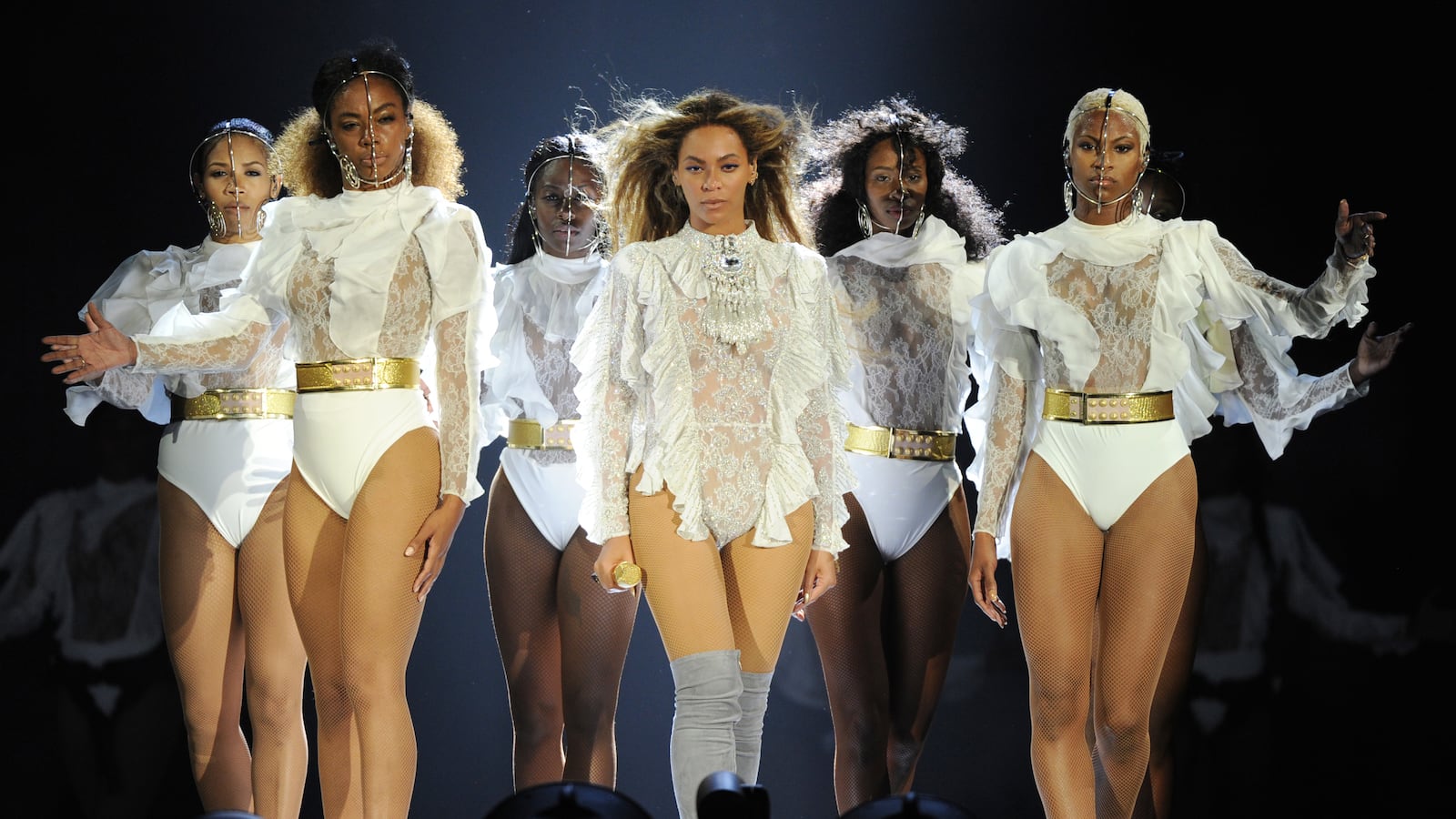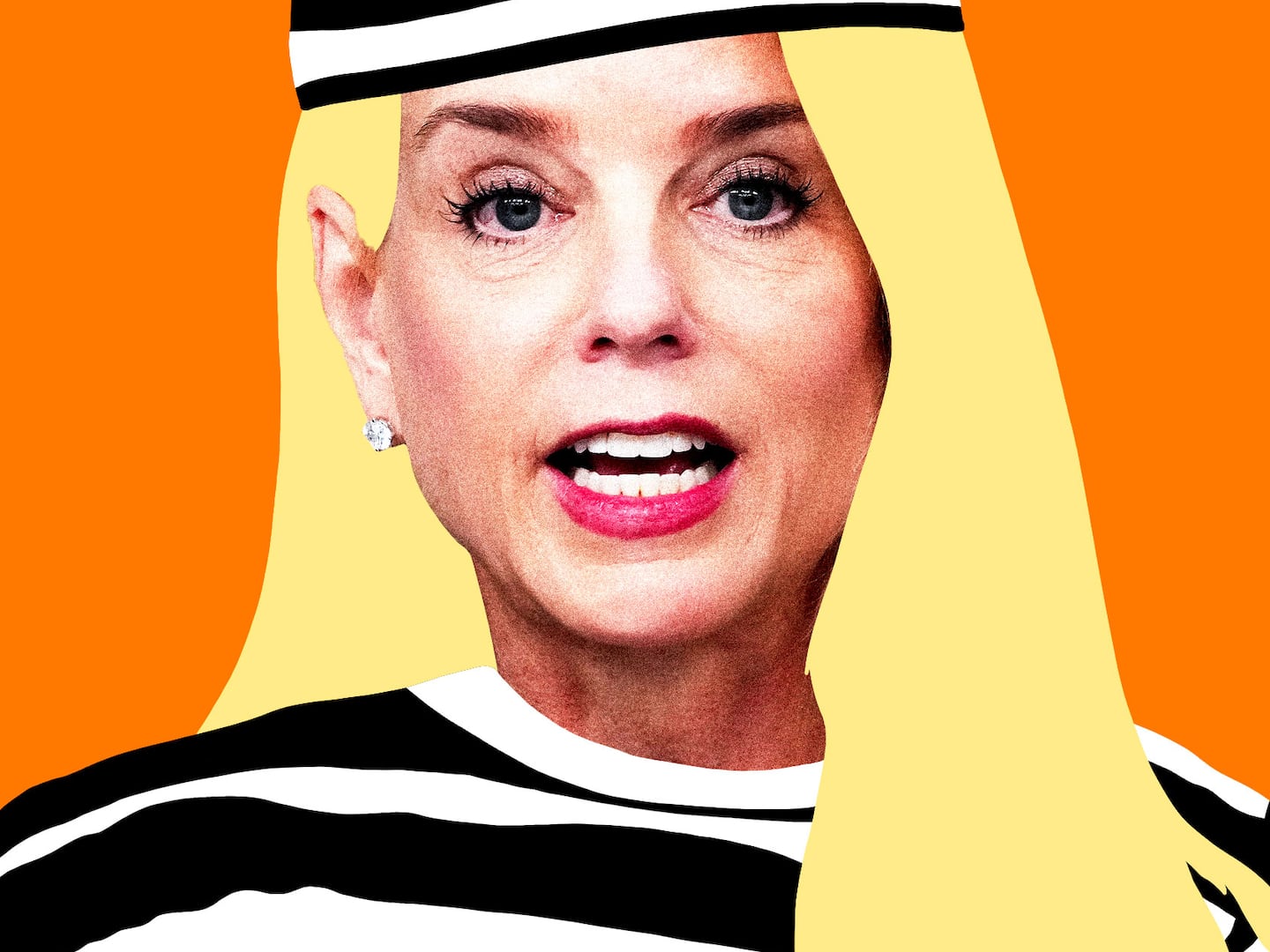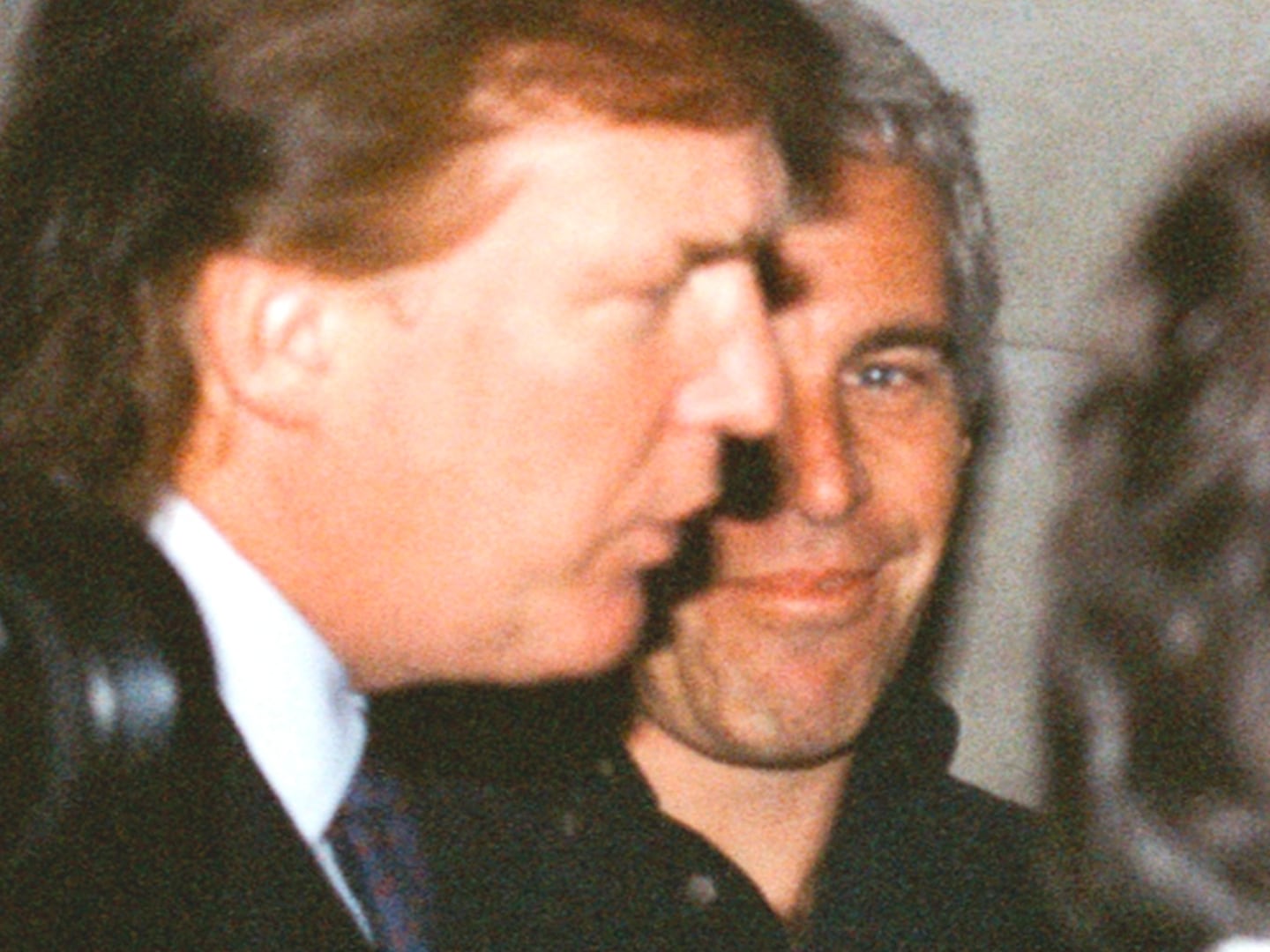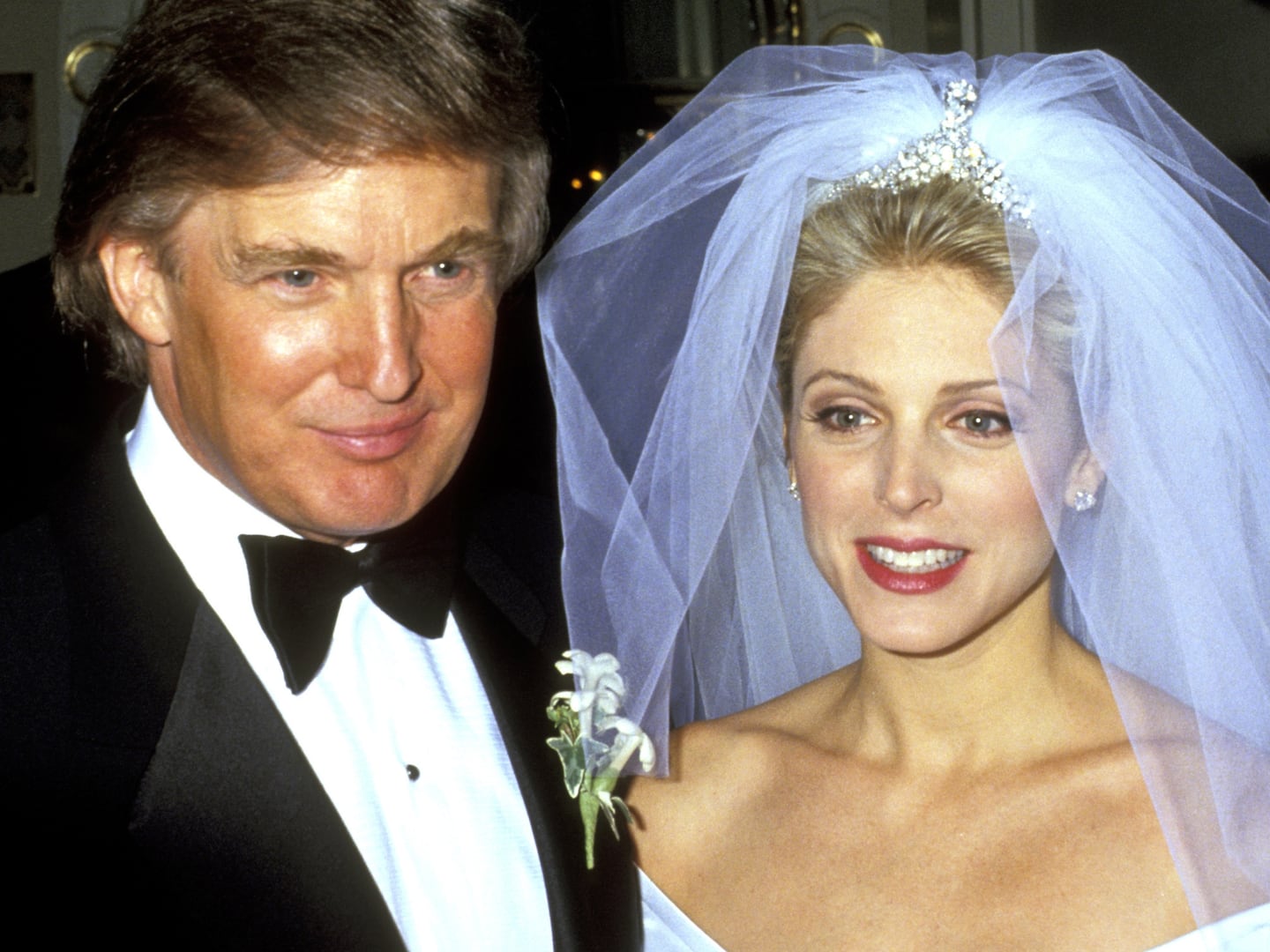During Wednesday night’s opening of her “Formation” world tour, Beyoncé overwhelmed the audience with her mane-tossing roars and megawatt smiles, belting out “Sorry,” “Daddy Lessons,” and other vengeance-tinged songs from her new album, Lemonade.
The bodysuit was the uniform for the evening, with Queen Bey and her girl gang dressed in variations of the infamous look from her Super Bowl performance.
The most memorable one was a ruffly, Victorian-inspired white bodysuit by Balmain, made from French lace and hand-embroidered with pearls, glass beads, and crystals.
In a moment that perfectly mirrored Lemonade’s blend of fury, vulnerability, and perseverance, her Beyhive backup dancers flashed two middle fingers as a Balmain-outfitted Beyoncé sang “Sorry.”
Olivier Rousteing, the charismatic and celebrity-obsessed creative director of the storied French fashion house, showed off his work on Instagram with photos and videos captioned, “When Balmain Army Becomes Bey Army.”
Ever since Rousteing took the helm at Balmain in 2011, when he was just 25, the designer has become couturier to the biggest names in music, fashion, and celebrity culture: Rihanna, Kendall Jenner, Gigi Hadid, Justin Bieber, and Kim and Kanye, to name a few.
He’s made it his mission to re-energize Paris fashion, blending Balmain’s post-World War II, “jolie madame” style with the over-the-top glamour we associate with Kim Kardashian West at the Met Gala.
Rousteing has spoken about the importance of fighting for diversity. He told CNN he was adopted by white parents in “a beautiful act of love.”
True modernity, for Rousteing, does not derive from fashion, but diversity—and, Rousteing told CNN, he seeks to promote this not just in the models he casts, but also the composition of the front row at his shows. “I really hope I am changing mentalities,” he said, being a black designer in charge of a “traditional house.”
“Balmain is about diversity and being open-minded, not just about people’s color, but about their shape,” he said in a 2015 interview with Harper’s Bazaar. “I love that Kim is Armenian/American, she’s with Kanye, a black person, and they have a mixed-race baby. She is showing the power of women today and showcasing a new generation, a new world.”
Like his muses, Rousteing is an ostentatious rule-breaker who would rather make a scene than please the fashion elite. He refused to cooperate with the suggested “Chinese white tie” dress code at last year’s Met Gala, wearing instead a rhinestone-covered Balmain blazer.
But he made sure his date, Justin Bieber, was appropriately dressed in a custom Balmain black jacket embroidered with gold dragons.
While Rousteing has cultivated a roster of boundary-pushing celebrity clients, the House of Balmain has attracted the rich and famous since it launched in 1945.
Pierre Balmain counted Brigitte Bardot, Marlene Dietrich, Katharine Hepburn, Ava Gardner, and the Duchess of Windsor as clients.
Gertrude Stein was a great friend and fan of the designer, writing of their budding friendship in the 1940s, “It is nice to know the young man when he is just a young man and nobody knows, and now well I guess very soon now anybody will know.”
Indeed, Pierre Balmain became the most sought-after French couturier in the years after World War II. Karl Lagerfeld trained at his studios before becoming head designer at Patou when he was just 20 years old.
Erik Mortensen, who worked alongside Balmain for years, took over briefly after the designer died in 1982. Then, from 1993 to 2011, Oscar de la Renta carried on the house’s legacy and signatures: classic, feminine silhouettes and refined opulence.
When Christophe Decarnin joined the design team in 2005, he overhauled the house’s “jolie madame” aesthetic, introducing expensive but casual-looking clothes for rock star royalty. Suddenly, people were paying thousands of dollars for tattered jeans and T-shirts with crystal embellishments.
Kate Moss, Gwyneth Paltrow, Diane Kruger, and Kate Bosworth were among the celebrity clientele.
“It has this weird cachet because it was so frighteningly expensive,” Cathy Horyn said of Balmain at the time, in an interview with The New Yorker. The House’s DNA remained in its attention to craft. “It was all lined beautifully—everything was perfect,” Horyn said.
Rousteing, who is of mixed race and was raised in an adoptive French family, began working at Balmain in 2009. He had only seven years of experience in the fashion industry when, in 2011, he was promoted to creative director.
He was brimming with ideas and confidence, but the fashion elite wasn’t entirely convinced. His youthful swagger and ostentatious designs ruffled critics’ feathers. But the stars adored the new Balmain—Rousteing himself, his nonconformist attitude, and how it manifested in the brand—and consumers followed suit.
Rousteing made Rihanna the face of Balmain in 2014, and featured Kim and Kanye in an ad campaign after they were married. Balmain has been evoked in Nicki Minaj’s 2014 hit “Anaconda” (“He toss my salad like his name Romaine, and when we done, I make him buy me Balmain”). In “Balmain Jeans,” Kid Cudi sings about taking his girlfriend’s jeans off.
But it is Beyoncé who is Balmain’s most famous, glittering ambassador, and surely Gertrude Stein would have heartily approved of the bodysuits.






